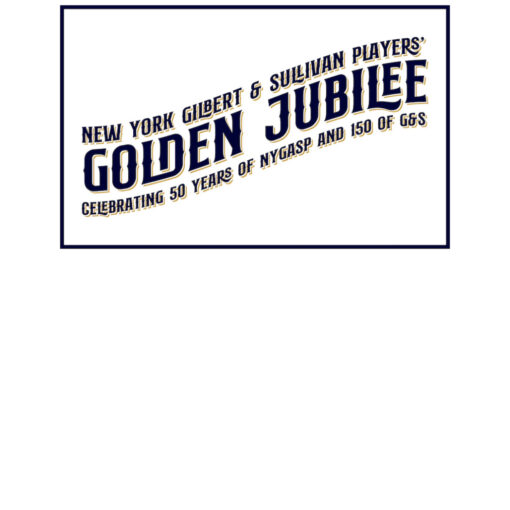By Giovanna Pacheco
Attending a concert at Lincoln Center, particularly by the Juilliard Orchestra, is usually an experience with high expectations. The evening promised a combination of brilliance and young fire, with Daniela Candillari conducting and Sophia Werner performing as the soloist. In this review, I delve into the night’s musical performances, the artists’ prowess, and the unique atmosphere of the venue. My focus will be on Samuel Barber’s Violin Concerto, Op. 14, a cornerstone of the evening that made a lasting impact with its beauty and complexity.
The performance was held at the famed Alice Tully Hall, an acoustically remarkable setting. The venue was packed with passionate attendees, ranging from students to seasoned concertgoers. The ambiance was warm, yet the sophistication of the setting added a level of formality that was appropriate for the occasion. The stage was well-lit, allowing viewers an excellent view of the artists, and the hall’s pleasant architecture enhanced the whole experience.
The evening began with Grażyna Bacewicz’s Overture (1943), a blazing and dynamic composition that emphasized the orchestra’s accuracy and coherence. Then came Barber’s Violin Concerto, which included Sophia Werner. Dmitri Shostakovich’s Symphony No. 10 in E Minor, with its brooding intensity and rhythmic intricacy, marked the evening’s dramatic conclusion.
While all the compositions were remarkable, Barber’s Violin Concerto was particularly memorable. Its lyrical and technical challenges provided both an emotional connection and an exciting demonstration of technique. Werner’s approach was both contemplative and daring, embodying the dichotomy of Barber’s work.
One of Samuel Barber’s most frequently played compositions and a mainstay of violin repertoire is the Violin Concerto. The 1939 composition combines contemporary sensibility with Romantic lyricism. Barber’s talent for melody is evident in the first two movements, which are rich and melodious. The third movement, marked “Presto in moto”, requires great virtuosity.
According to my research, Barber created the piece for violinist Iso Briselli, but the violinist rejected it because he thought the ending was too soft. After Briselli’s feedback, Barber revised the ending, making it outrageously difficult, a change that is now frequently praised for its inventiveness. With her lyrical phrasing in the opening passages and her technical accuracy in the climax, Werner’s rendition brought the work to life.
I listened to Hilary Hahn’s album with the Saint Paul Chamber Orchestra again after the performance. The recorded version missed the raw energy and immediateness of Werner’s live performance, but it did highlight the studio’s controlled refinement. The orchestra’s dynamic interplay was able to show through when listening to the piece live, something that recordings frequently do.
The Juilliard Orchestra lived up to its reputation as one of the finest student ensembles in the world. The musicians gave a disciplined and expressive performance under Daniela Candillari’s leadership. The performers gave their best performances because of Candillari’s distinct gestures and commanding presence on the podium, especially during Shostakovich’s symphony’s dramatic contrasts.
Sophia Werner gave a remarkable rendition of the Barber concerto. Her grip on the rapid-fire climax was astounding, and her tone was rich and resonant, especially in the lyrical second movement. Werner never compromised musicality for theatrics, even though the concerto is renowned for its technical difficulties, which she managed with ease. The entire orchestra was equally excellent. The brass and percussion skillfully conveyed Shostakovich’s powerful climaxes, while the strings gave Bacewicz’s Overture warmth and depth.
The concert was a huge success all around. The program featured a diverse selection of works from the 20th century, all of which had a deep emotional resonance despite their stylistic differences. The experience was enhanced by the artist’s passion and dedication, creating a memorable evening.
Anyone interested in classical music should check out this ensemble, in my opinion. A performance that seemed both new and polished was produced by the union of up-and-coming talent with expert direction. I exited the hall wanting to hear more from these musicians because the live environment brought an element of excitement that no recording could match.

